How to care for an orchid – 7 things you need to know to keep your plant flowering
Find out how to care for an orchid with this guide to keep your orchid flowering every year
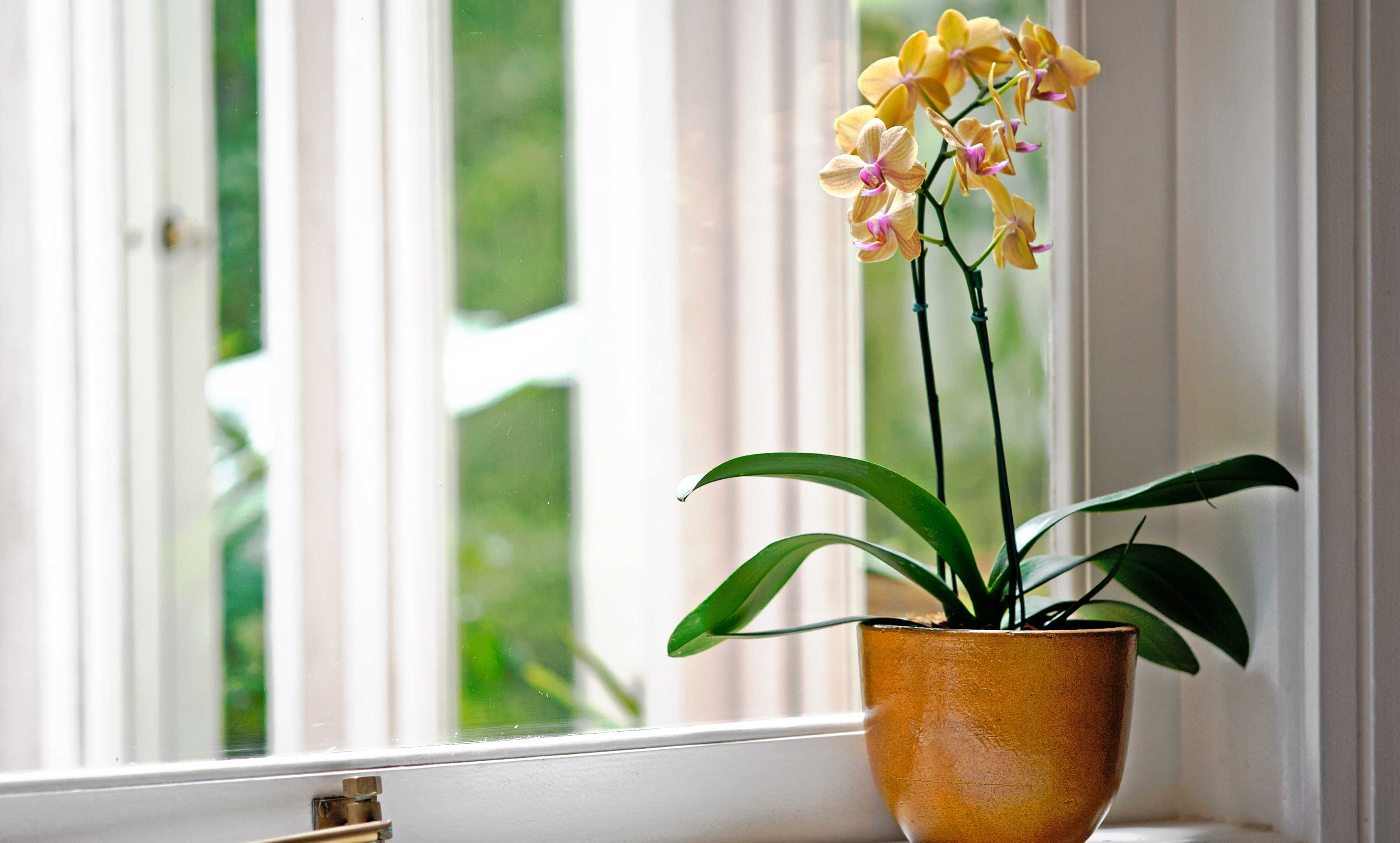

One of the most popular indoor plants, knowing how to care for an orchid is crucial if you want to keep it blooming year after year.
Available in myriad colours, orchids are lovely to receive as gifts and make a beautiful addition to any interior scheme as house plant ideas, but without the right care, they will soon wilt and fade. While they have a reputation for being a little on the fussy side, in fact, once you have established how to care for an orchid indoors and the environment it prefers, it will be fairly fuss-free.
Excellent as conservatory plant ideas, orchids will also suit many other rooms in the house and are a popular choice for bathroom plants. Finding just the best spot in your home with the best light and temperature conditions is the first step in how to care for an orchid, but you also need to consider a number of other factors.
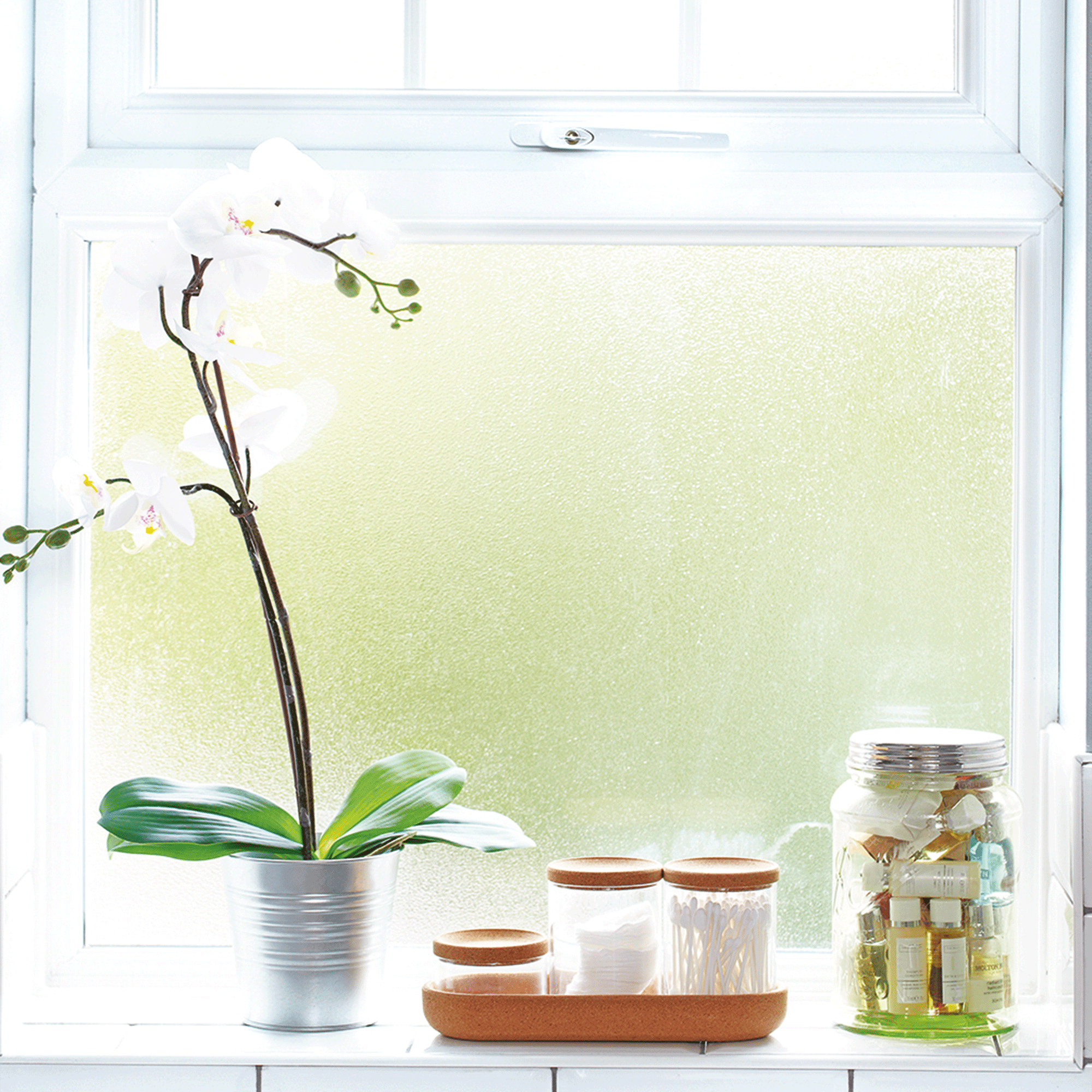
How to care for an orchid indoors
If you have bought or been gifted a beautiful, colourful orchid, you will want to keep it blooming for as long as possible – ideally year after year.
It is not time-consuming caring for an orchid, and given the correct conditions they will be quite content. While there are steps you can take to revive a near dead house plant, you ideally don't want to get to this point!
There are slightly different rules for how to care for an orchid depending on the orchid type that you have.
Types of orchid for growing indoors
The most popular orchid for growing indoors and which you will find widely available in garden centres and supermarkets is the moth orchid – Phalaenopsis. These are well suited to the warm, heated home environment. The other warmth-loving variety is the Vanda.
There are other types of orchids that prefer cooler growing conditions, including Cymbidium, Paphiopedilum, Dendrobium, Cattleya, and Oncidium. For these varieties, the orchid care might differ slightly, so always check which variety of orchids you have so that you can adapt the care accordingly.
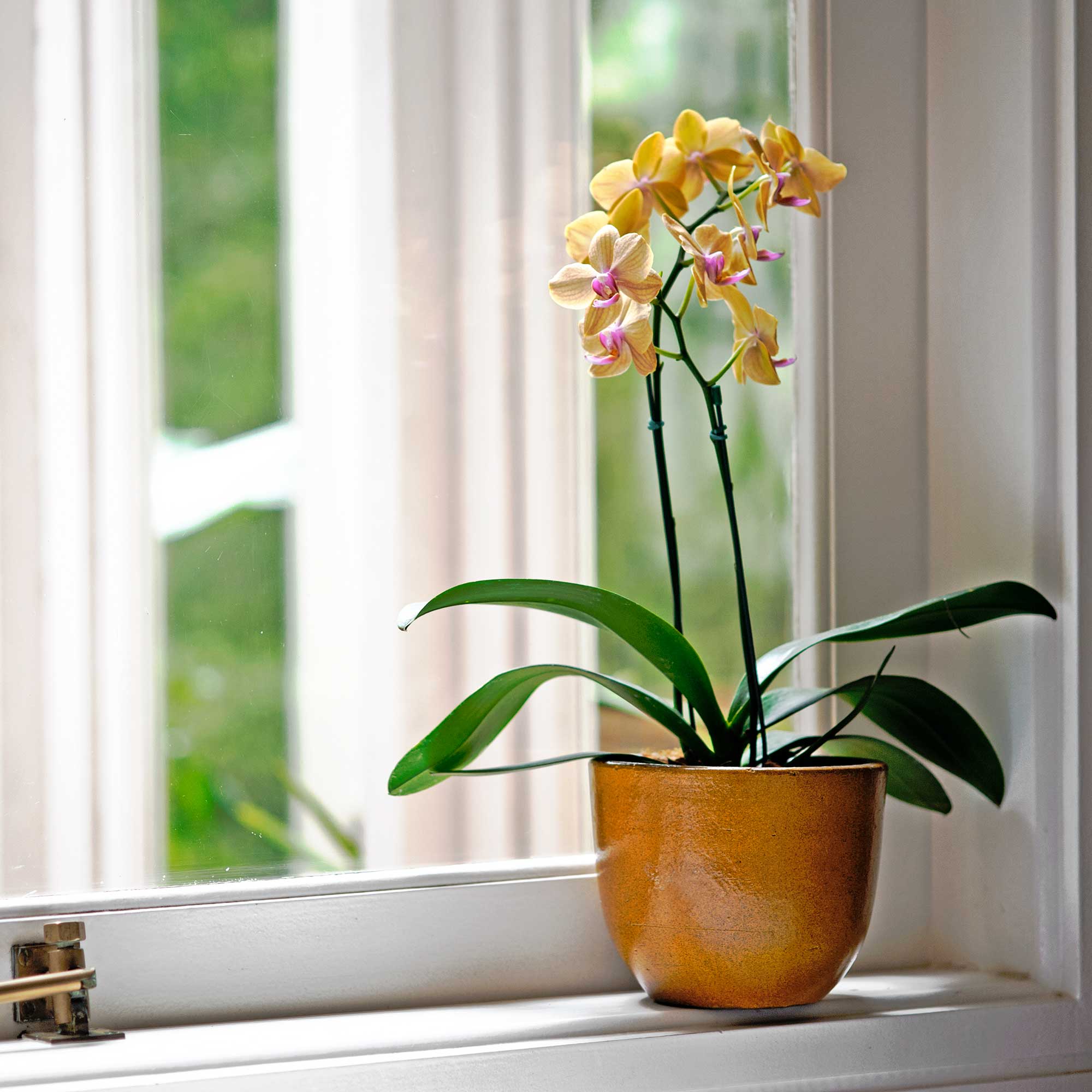
7 steps to keep your orchid flowering
These are the seven steps to consider to keep your orchid in optimum health, happy and blooming.
1. Monitor the room temperature
Check that the temperature of the room where you are growing your orchid is suited to its needs.
Warm-growing orchids, such as Phalaenopsis and Vanda, prefer temperatures of between 18°C–29°C, whereas cool-growing orchids, such as Cymbidium, prefer temperatures that are not too warm, between 10°C– 21°C. 'Intermediate' growing orchids, such as Cattleya, prefer temperatures somewhere in the middle of these two ranges.
'A moth orchid likes to be warm, and if it gets chilled the buds will most likely drop off. Equally, a cool-growing Cymbidium doesn't want to be too hot, and if it is kept over warm and very close to a heat source, it could be wilting due to this and then its buds may drop. So all orchids in bud should be kept in the right temperature for the type,' explains Sara Rittershausen, of orchid specialists Burnham Nurseries.
'When your orchid is flowering you still need to keep it in the same position it has been happy in up until flowering. The flowers and buds are the most tender part of the plant, so avoid any shocks or drastic changes to the conditions to make sure bud drop doesn't happen,' Sara adds.
Therefore, a key step in how to care for an orchid is monitoring the temperature in the room where the house plant is located, and moving it to another suitable location if it becomes too warm or too cold. Avoid any drastic changes to its growing conditions.
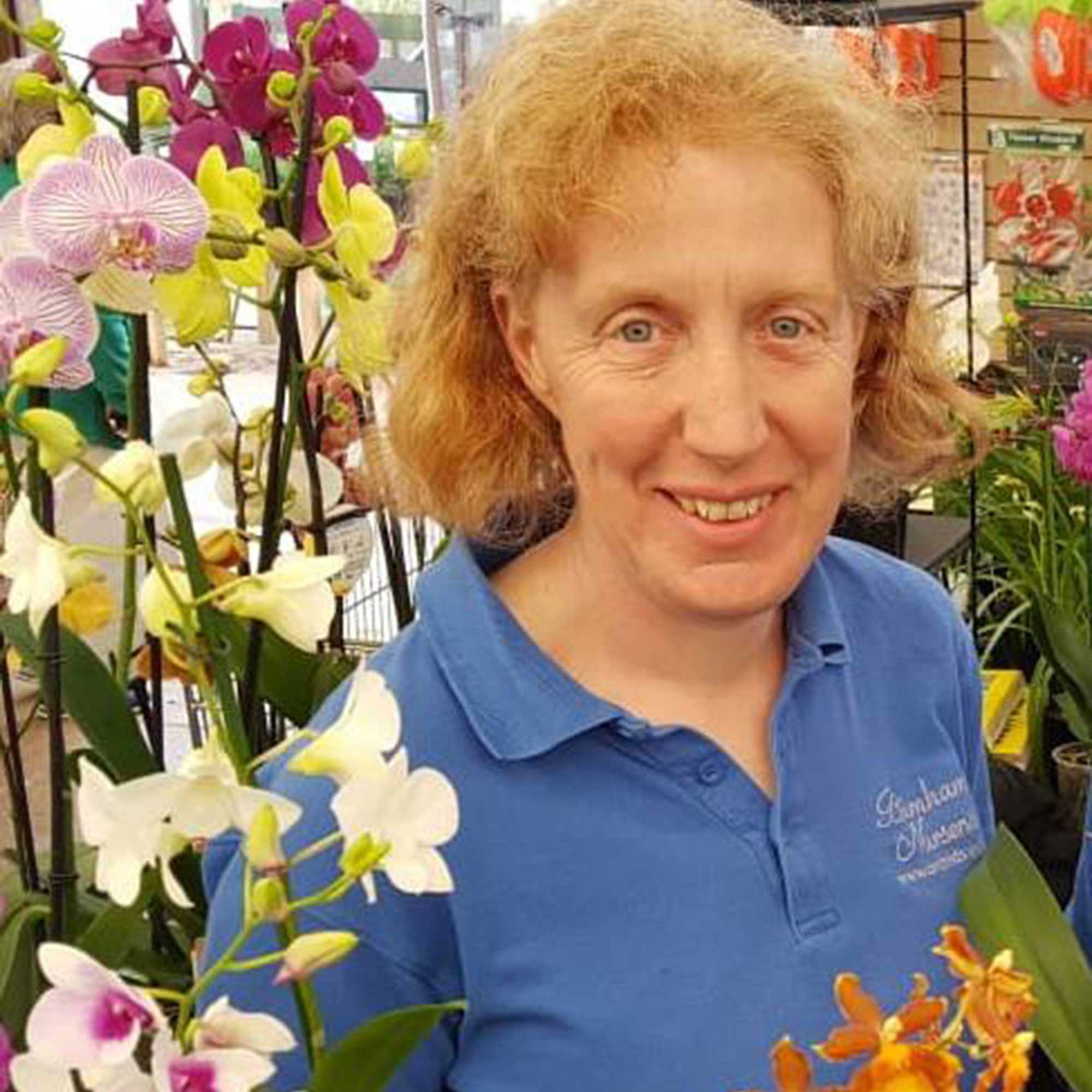
Sara runs Burnham Nurseries, a specialist orchid nursery, which was started by her grandfather from his orchid-growing hobby in the late 1940s, and has remained a family-run business. Sara is also an RHS Orchid Judge on the Orchid Committee, President of the Devon Orchid Society, and has been involved in many of the nursery’s Gold-Medal exhibits, including the Chelsea Flower Show and other RHS shows through the years.
2. Position orchids for the best levels of sunlight
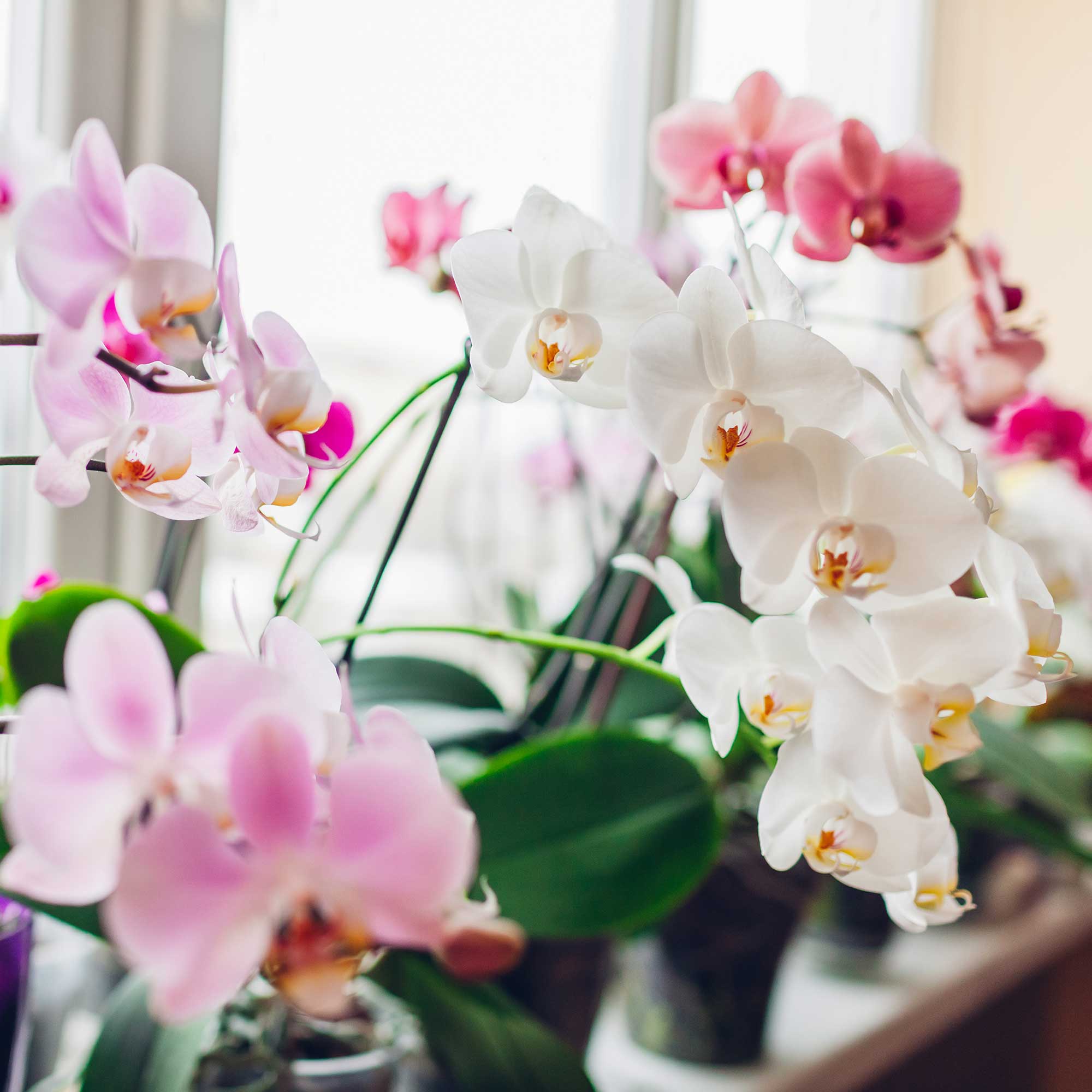
For most varieties of orchids, including moth orchids, choose a spot for it that enjoys bright, but indirect sunlight. An east or west-facing windowsill could be ideal as this will receive sunlight for some but not all of the day.
Some varieties, like Vanda, like lots of sunshine and will happily sit in direct sunlight all day long, while Odontoglossum does well in low light levels and can still thrive in a north-facing position.
Keep an eye on the leaves of your orchid for any tell-tale signs that the leaves are getting scorched, and move it to a less sunny position if this is the case.
Equally, a sign an orchid is not receiving enough sunlight is if it has dark green leaves. An orchid that is receiving enough sunlight to flower will have light green leaves with yellow tones.
3. Water indoor orchids with care
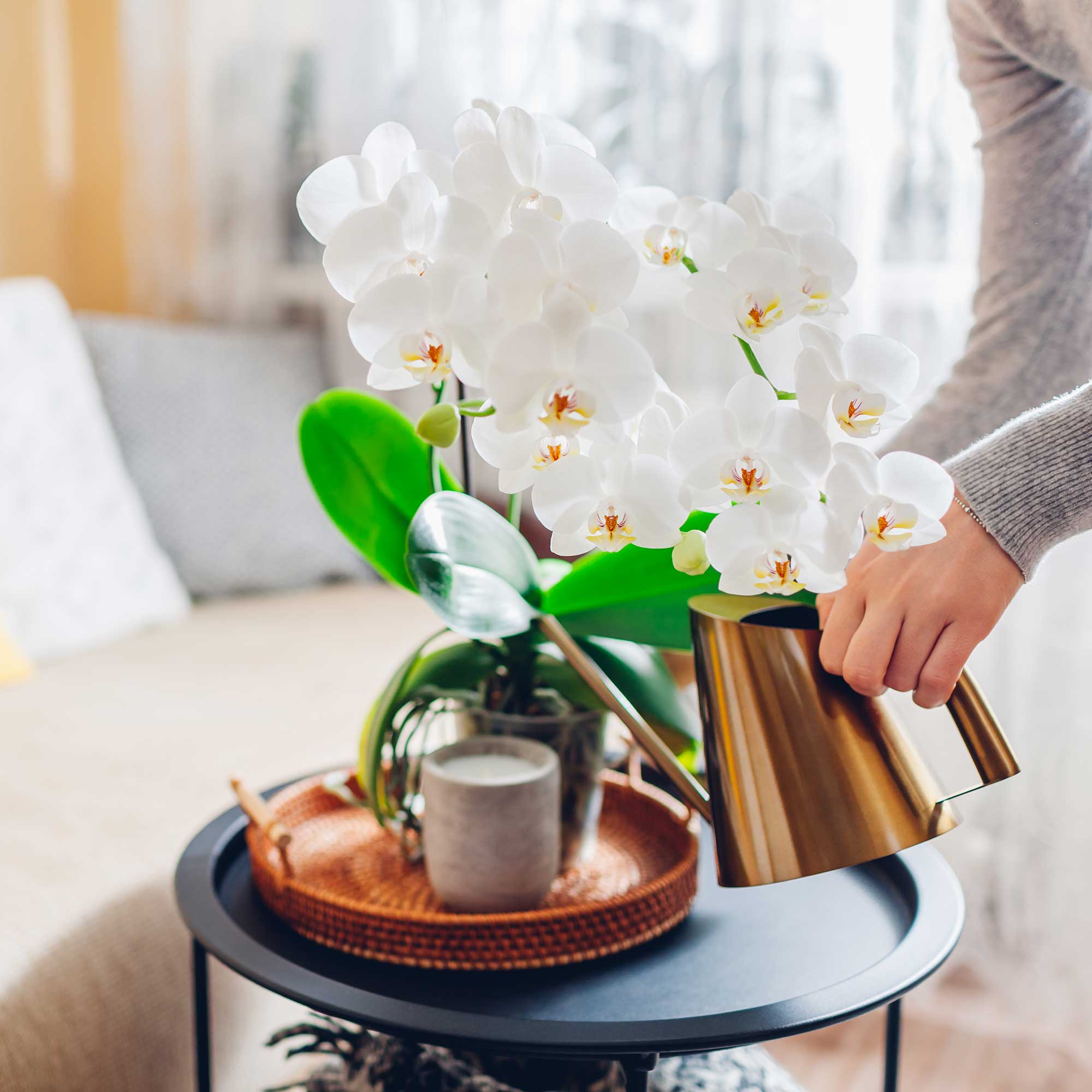
'Phalaenopsis, or moth orchids, require similar watering all year round whether they are flowering or not,' advises Sara.
If the orchid is wilting, this could be a sign it is being underwatered or overwatered.
'Look at the medium it is growing in and if it's very dry the plant is likely to be dehydrated, so give it a thorough watering or a long soak,' says Amy Malin, secretary of the Orchid Society of Great Britain.
On the other hand, the leaves on an orchid wilting could also be a sign of root rot from overwatering. 'Overwatering should be avoided at all times as this can rot roots and cause flower stems to rot at the base as well,' warns Sara.
'Root rot in orchids can be caused by over-watering, a lack of drainage, over-potting, using the wrong type of media or decayed/decomposed planting media,' says Amy.
Check the weight of the pot and if it feels light, then water the orchid. They will need less watering in winter than in the warmer, summer months. A good way to check if a moth orchid needs watering is when its green roots turn silvery.

Amy has been growing orchids for some time and her particular interest is with orchids that can be grown in the home and encouraging others to take up the hobby. As secretary of the Orchid Society, she can draw on the knowledge and expertise of its members who share advice, organise lectures and show orchids.
4. Check room humidity levels
Most orchids that are grown indoors as house plants originate from tropical regions of the world, so prefer a humid environment to grow in – this makes them perfectly suited for use as a bathroom or kitchen plant.
In most homes with central heating, the air will be dry. You can increase the humidity levels by standing the pot in a tray of damp gravel, or by misting the leaves about once a week.
If the orchid is located in a bathroom or kitchen, however, then the humidity levels are likely to be enough to keep it happy without the need for any extra steps to be taken.
5. Repot your orchid when needed

An important part of how to care for an orchid is 'to regularly check your orchid's media in order to ascertain whether it needs re-potting – if there are signs of decay, re-potting should be done as soon as possible,' says Amy Malin.
Most orchids, including Phalaenopsis, will need to be re-potted every two to three years, 'although every plant is different and some may require re-potting sooner than this,' adds Amy.
You should cut off any mushy or papery roots when repotting, and use a special orchid potting compost, which will be well-draining and ideal for the plant.
6. Fertilise your orchid
'You can add some Orchid Bloom feed during an orchid's flowering season to encourage it to last longer and make more buds. This type of feed can also be given to a shy flowering orchid to kickstart the blooming once again,' says Sara.
7. Prune your orchid after flowering
'When most orchids finish flowering their flower stem will just turn brown and die and these can be trimmed back to the base to make for a tidier plant,' explains Sara Ritterhausen of Burnham Nurseries.
'Only moth orchids have the ability to re-flower again from the same stem. You can trim it back to one of the several eyes that are along its length, then more buds will grow out within weeks. It is best to do this before all the old flowers have dropped as the stem will still have some life to it,' she adds.
'Those orchids that grow swollen pseudobulbs – which includes Cattleya, Dendrobium and Oncidium varieties – will need to grow and mature a new pseudobulb before they can make a new flower stem. Old pseudobulbs, whether they are short and rounded or tall and thin, should not be removed until they are brown and dead, so, therefore, remain as part of the clump for several years.'
FAQs
How do you get an orchid to bloom again?
To get an orchid to bloom again it will depend on the variety you have as to what step you need to take.
Only moth orchids, Phalaenopsis, can bloom more than once on the same stem, so by cutting off a faded flower head just above the next bud you should encourage it to flower again.
Other varieties of orchids can only flower once on a stem, so once they have finished flowering, cut off the stem to the base. It should then regrow and produce flowers again the following year.
How long does it take for an orchid to rebloom?
How long it takes for an orchid to rebloom will once again depend on the variety of orchid that you are growing indoors.
Moth orchids, can rebloom on the same stem within a month or two, whereas most other varieties only bloom once annually, so you need to wait for the plant stems to regrow and produce new flower buds.
Get the Ideal Home Newsletter
Sign up to our newsletter for style and decor inspiration, house makeovers, project advice and more.

Rachel Crow is the editor of Period Living Magazine and a senior content editor, contributing homes and garden content for idealhome.co.uk. She has written for lifestyle magazines for many years, with a particular focus on historic houses, interiors, arts and crafts, and gardening. Rachel started her journalism career on BBC radio, before moving into lifestyle magazines as a freelance writer and editor. She worked on The English Home and The English Garden magazines before joining the Period Living team as features editor and then deputy editor. She was garden editor for Homes & Gardens magazine and homesandgardens.com and contributed articles to Country Homes & Interiors.
-
 Will a conservatory add value to your home and how can you maximise it?
Will a conservatory add value to your home and how can you maximise it?This is what the pros say
By Amy Reeves
-
 I’ve been looking for a new signature scent for my home and The White Company's new fragrance is the exact summer holiday smell I needed
I’ve been looking for a new signature scent for my home and The White Company's new fragrance is the exact summer holiday smell I neededSantorini smells fresh, summery and sophisticated
By Kezia Reynolds
-
 How to remove algae from garden walls in five steps – and the cleaning product experts rave about for tackling it fast
How to remove algae from garden walls in five steps – and the cleaning product experts rave about for tackling it fastExperts share their top tips for getting garden walls algae-free
By Katie Sims
-
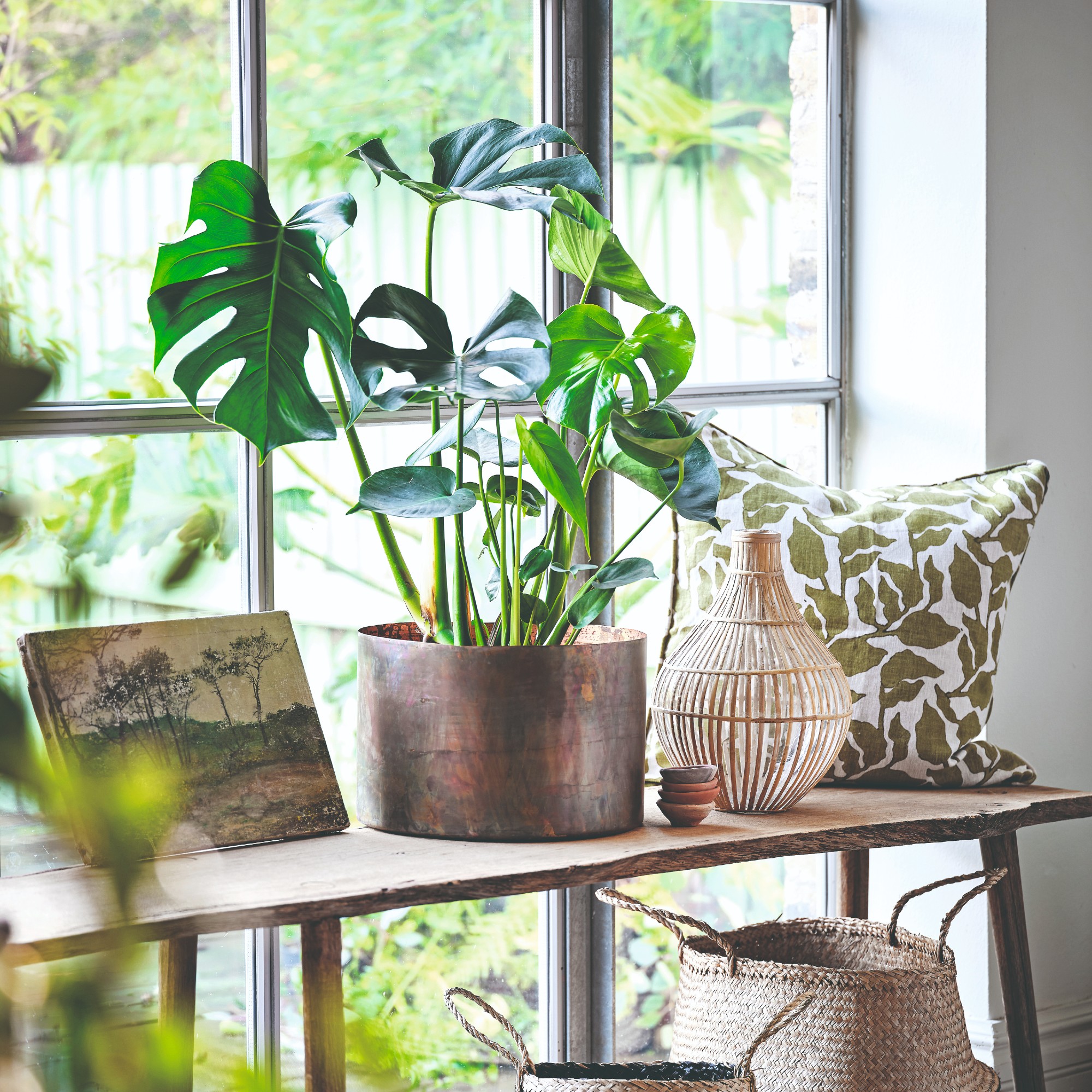 Best soil for Monstera – this is the perfect mix for healthy Swiss cheese plants
Best soil for Monstera – this is the perfect mix for healthy Swiss cheese plantsAll the ingredients you should look out for
By Sophie King
-
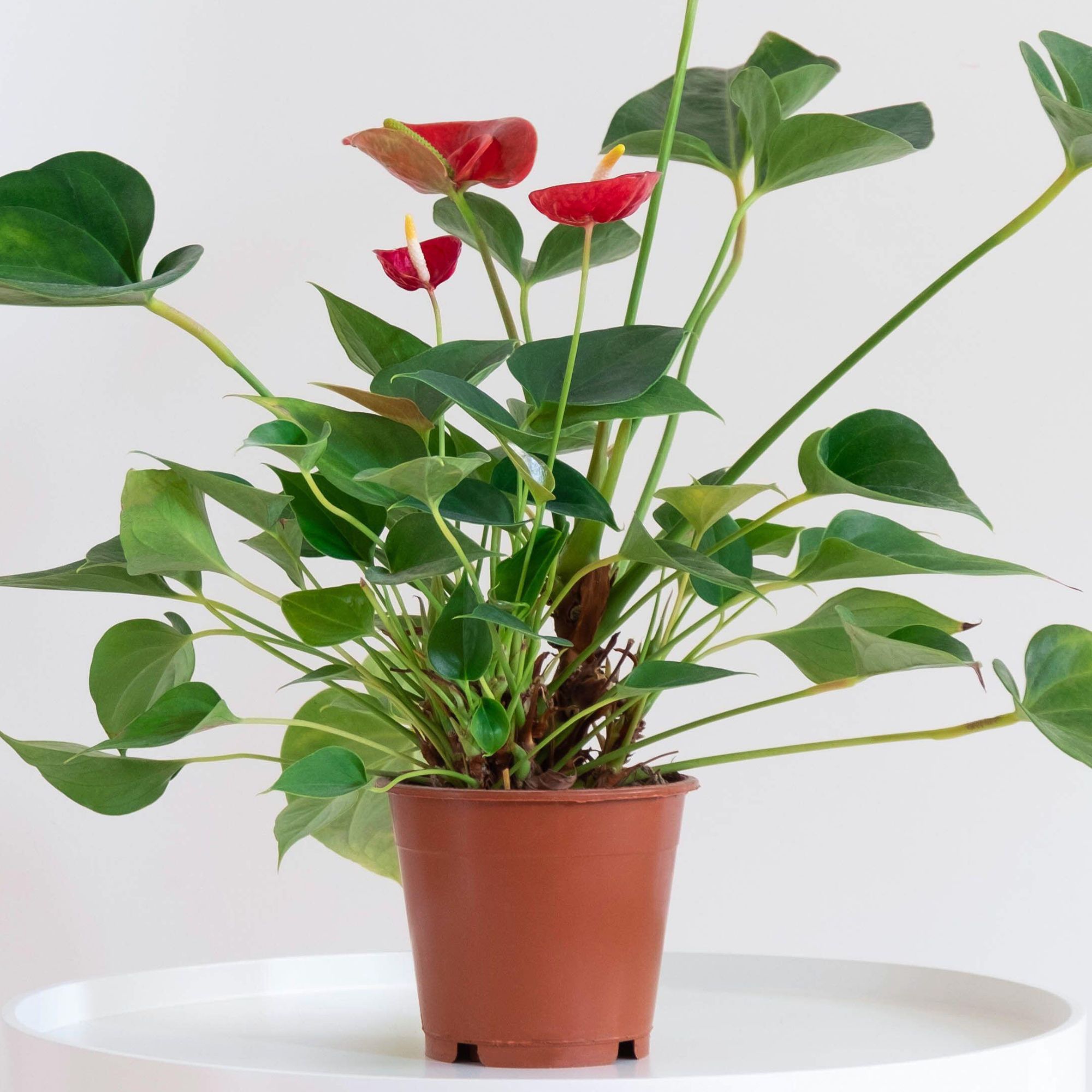 How to propagate anthurium – the three best ways to double these pretty tropical plants
How to propagate anthurium – the three best ways to double these pretty tropical plantsWhether you propagate anthurium through cuttings or separation, you'll love these ways to increase your collection
By Holly Reaney
-
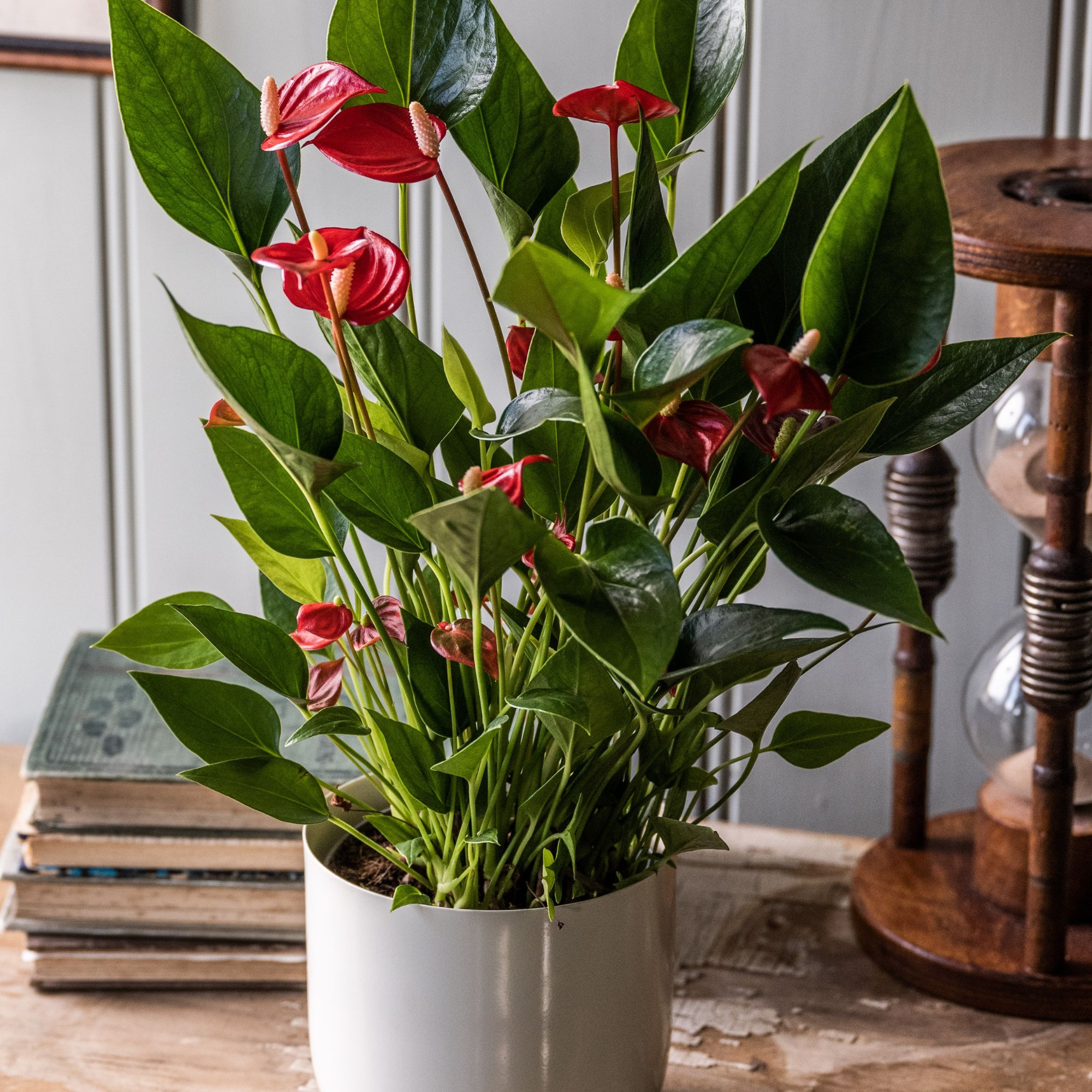 How to care for Anthurium for long-lasting vibrant and tropical colour
How to care for Anthurium for long-lasting vibrant and tropical colourWith their vibrant colours and tropical look, Anthurium andraeanum or Flamingo flowers make for an eye-catching addition to a kitchen, bathroom or conservatory
By Holly Reaney
-
 How to care for spider plants to get the most from this resilient beauty
How to care for spider plants to get the most from this resilient beautyThe retro houseplant is making a comeback – here's how it can thrive
By Holly Reaney
-
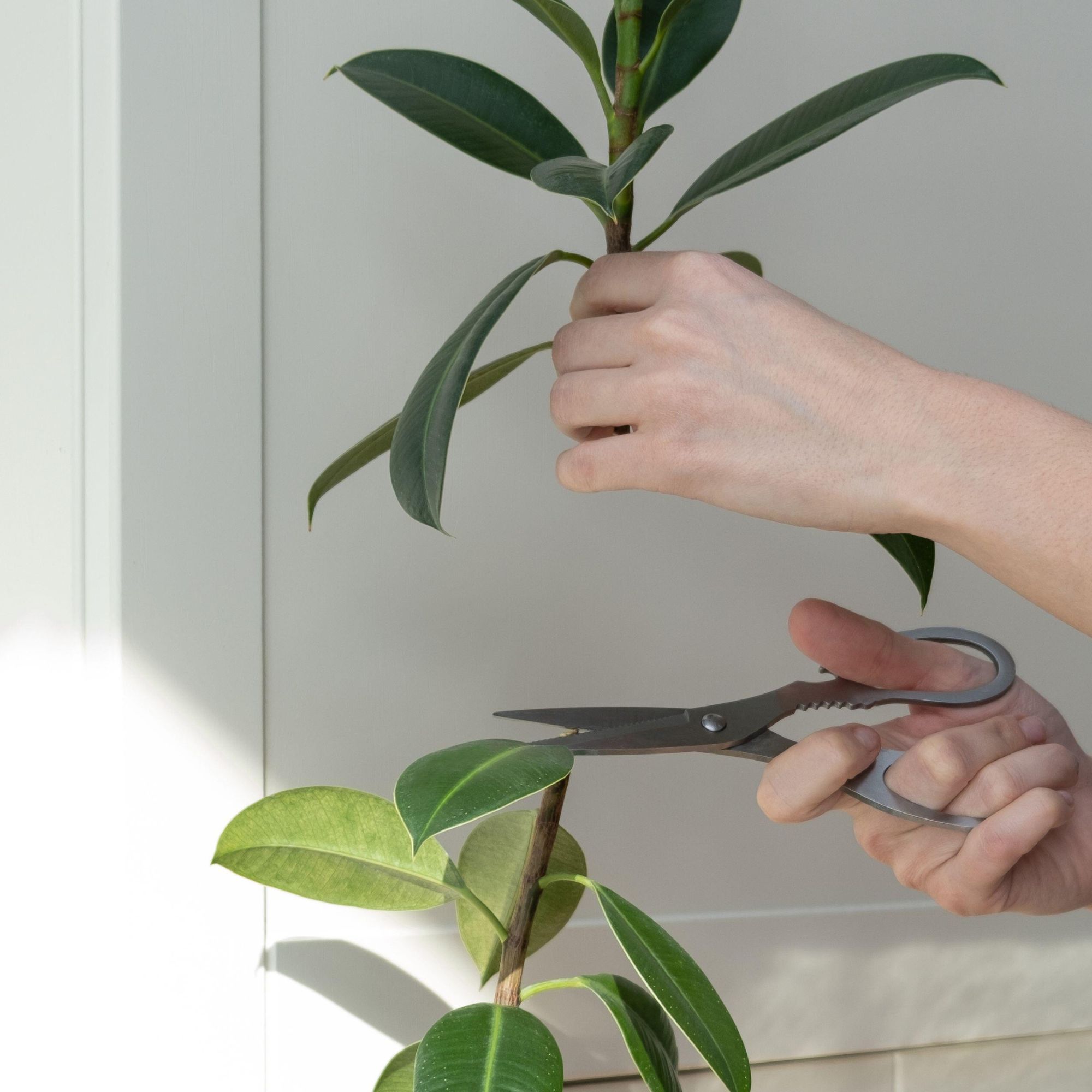 How to propagate a rubber plant - expand your houseplant collection for free
How to propagate a rubber plant - expand your houseplant collection for freeWhy have just one rubber plant when you can have loads?
By Holly Reaney
-
 How to care for a rubber plant – the almost unkillable houseplant
How to care for a rubber plant – the almost unkillable houseplantLow maintenance and fast-growing, the rubber plant is the perfect choice for beginners and ideal for making a statement in a home
By Holly Reaney
-
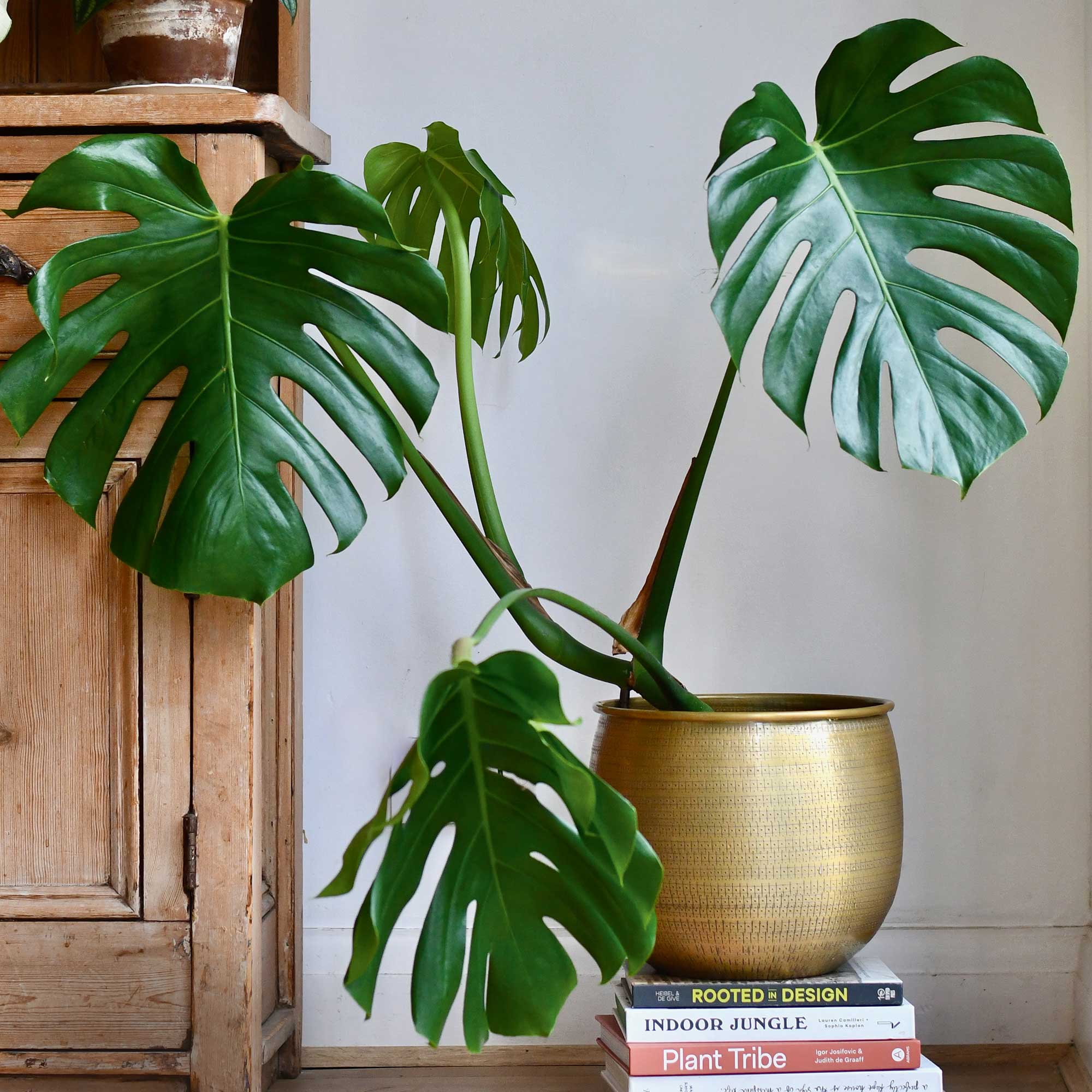 How to care for a monstera deliciosa – the gentle giant of the houseplant world
How to care for a monstera deliciosa – the gentle giant of the houseplant worldHow to care for a monstera deliciosa, including where to position, when to water and how to propagate
By Holly Reaney
-
 When to cut back ferns to keep them looking their best
When to cut back ferns to keep them looking their bestLearn when to cut back ferns to keep these hardy garden stalwarts in tip-top condition
By Rachel Crow